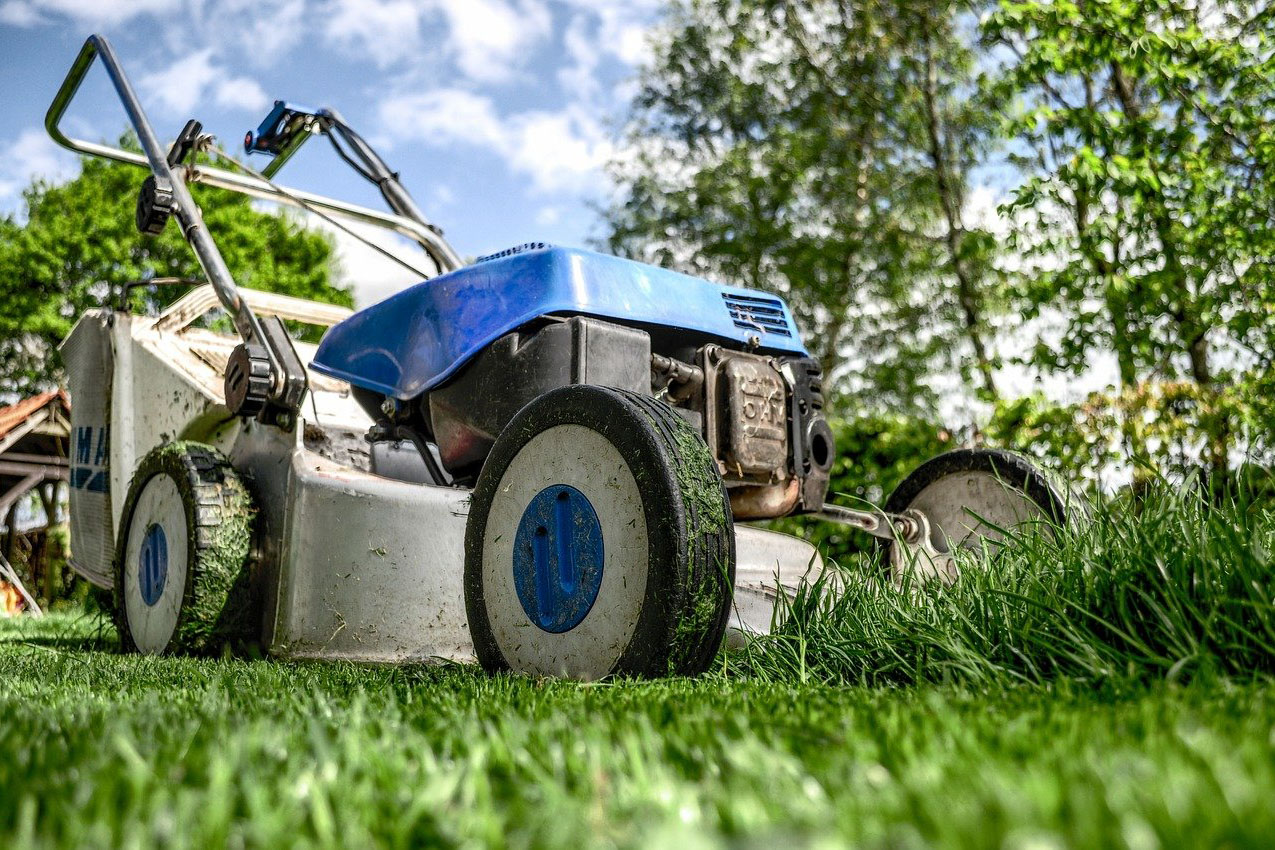Find the Ideal Cut Height for Your Grass
You have a variety of factors that contribute to the overall beauty and health of your lawn. One of the simplest of those factors, but perhaps one of the most important, revolves around the height at which you cut your grass. So, what is the ideal height to cut grass?
Unfortunately, every grass species is different. You can’t take a one-cut-height-fits-all approach to mowing. If you cut your grass too short, you weaken your grass’s growth pattern and open your lawn up to weed growth. Keeping it long makes it unsightly and more hospitable to various critters. You’ll want to find out what cut height works best for the grass you’re working with. And, that’s why we’re here.
Understand Your Growing Conditions
What types of grass grow best in your region? Do you live in colder or warmer temperatures? Do you get a lot of rain, and at which times of the year?
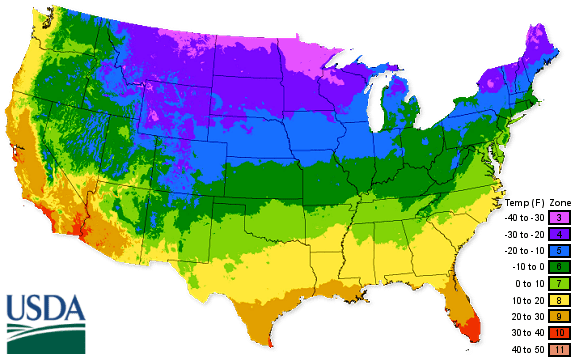
The USDA has developed the Plant Hardiness Zone Map to help gardeners and landscapers. This map marks out geographic areas that average a certain range of climatic conditions relevant to plant growth and survival. Becoming familiar with your zone will help you determine the right grass height for your landscape.
You can visit the USDA Agricultural Research Service website to view state-by-state maps as well as enter your zip code to view the particulars of your own hardiness zone.
Characteristics of Cool-Season Grasses
Cool-season grasses will grow in the upper two-thirds of the USA. That includes New England, the Upper Midwest, High Plains, Northern California, and the Pacific Northwest. These grasses grow in these areas because they’ve adapted to winter weather. Growth thrives during the Spring and Fall, slowing down in the heat of the Summer and lying dormant in the Winter.
How High Should You Cut Kentucky Bluegrass?
Kentucky bluegrass is a robust grass that has dark green leaves and a penchant for spreading quickly. It’s kind of the “jack-of-all-trades” of the cool-season grasses, with decent drought tolerance, foot-traffic tolerance, and shade tolerance. It also has solid tolerance to the cold. It won’t fare too well in high temperatures, which is why you likely won’t find it in the southern states.
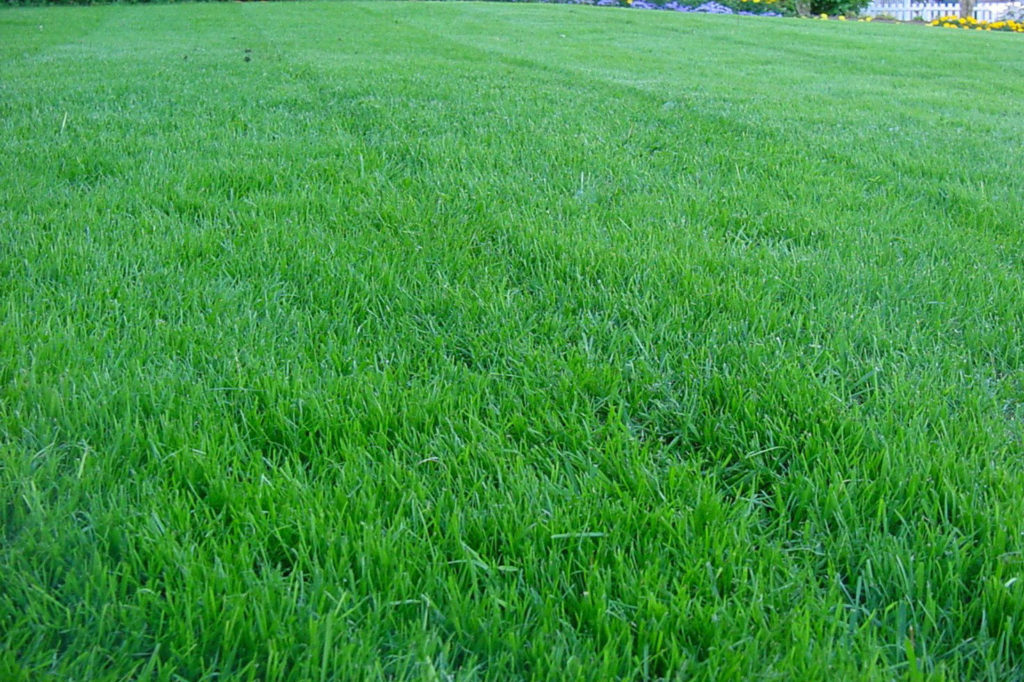
During the high-growth seasons, you’ll want to keep Kentucky Bluegrass mowed to 2 to 2-1/2 inches high. During the hot parts of the Summer, and in periods of lower rainfall, increase your mowing height to 3 to 4 inches.
What is the Ideal Height to Cut Perennial Ryegrass?
Perennial Ryegrass is a non-spreading, fine-bladed, cool-season grass that germinates quickly after seeding. As a matter of fact, because of its speedy growth, it’s great for erosion control and it stands up to foot traffic well.
However, it is a bit more susceptible to drought, shade, and heat than the girthier Kentucky Bluegrass.
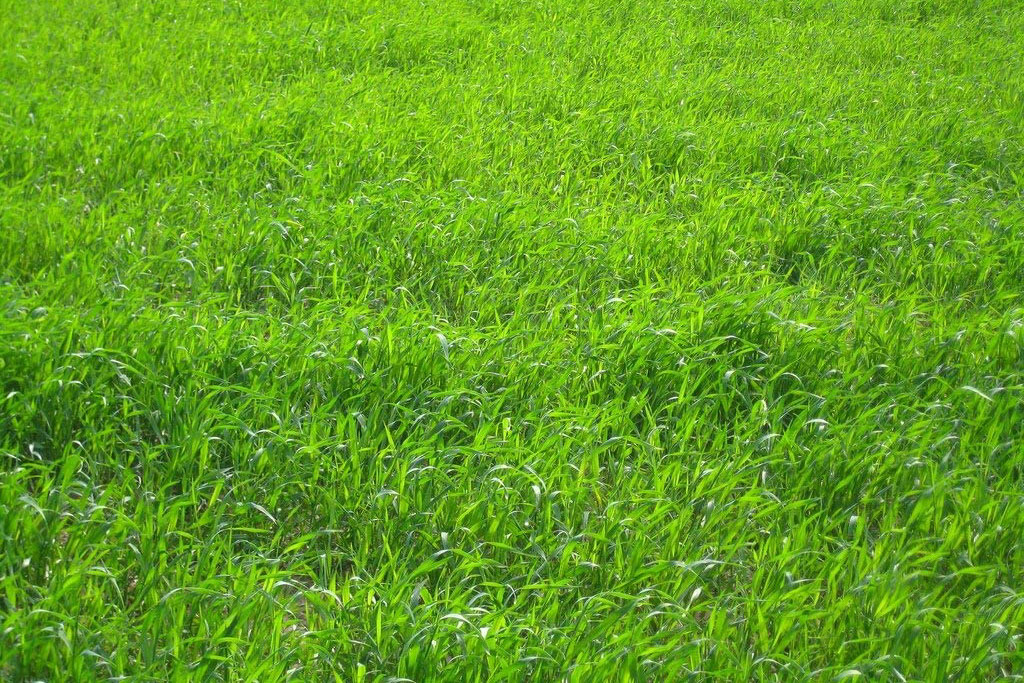
During the growing season, you’ll want to keep perennial ryegrass cut to between 2 and 2-1/2 inches high. However, because ryegrass enters dormancy in the hot weather, you’ll want to keep it mowed to 2-1/2 inches to 3 inches during the Summer. The longer length will help cast shadows on the grass at the soil level, keeping it cooler and holding in more moisture. Also, because longer stems equal longer roots, keeping your ryegrass longer in the Summer will let the grass reach deeper for nutrients.
Best Cutting Height When Mowing Fescue
Fescue grass comes in many different varieties. Fine fescues are popular in seed mixes because they grow quickly and have a deep gray-green color. They have a fine leaf texture that stands up really well to drought, shade, and cold weather. They don’t tend to do very well in the heat, however.
Tall fescues are a bunch-type grass that feature deep root systems. These grasses also display a high degree of drought tolerance and withstand both hot and cold weather.
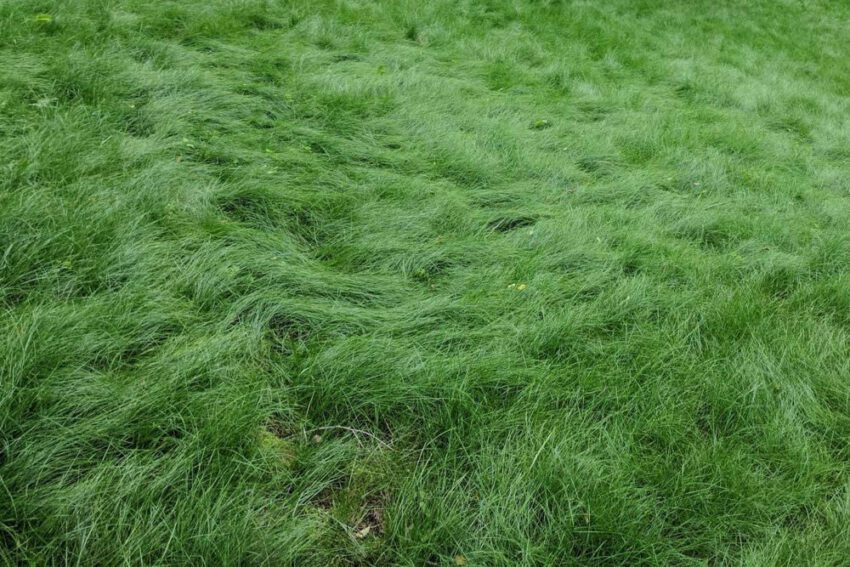
With tall fescue, you might as well throw your mower cut height adjustment all the way up. This grass species does its best when it’s cut between 3.5 and 4 inches. Here again, taller shoots equal deeper roots, promoting a thicker, healthier lawn.
Fine fescue can be mowed down to as low as 1.5 inches but will do better at 2 to 3 inches. Again, letting this non-spreading grass develop long roots results in maximum photosynthesis.
How High Do You Cut Bermuda Grass?
As you might expect, warm-season grasses will handle southern geographies (in the yellow, orange, and red sections of the above map). They’ll do most of their growing during the Summer months when the temperatures hang out between 75º and 90º. Then, when the weather turns colder, they’ll transition to their brown, dormant state.
Bermuda grass is a popular warm-season variety for lawns, golf courses, athletic fields, and general utility areas. It grows well in just about all soil types and resists droughts well. Spreading both above ground and below ground, Bermuda grass stands up to wear well while choking out weeds easily.
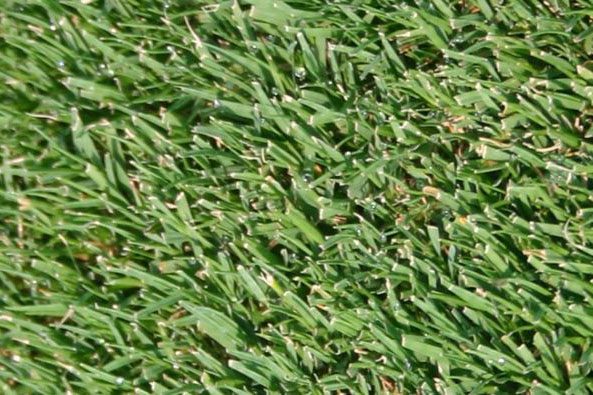
If this is the first time you’re mowing your lawn in the Spring (after the hard freezes pass), some Pros have recommended that you mow between 1/2 to 1 inch to remove as much dead top growth as possible. Be sure to bag your clippings to avoid thatch accumulations.
As the soil warms up with the weather, you’ll want to keep Bermuda grass at around 2 inches. It’s important that you don’t remove more than 1/3 of the blade at a time when you mow, as you’ll cut down below the green portion, scalping your lawn. This will leave your grass ugly, and also susceptible to heat, weeds, and drought. This does mean that you’ll have to keep up with mowing pretty frequently.
As you approach the Winter months, let your Bermuda grass grow to 3 inches, as the extra height will act as insulation over the winter. Bermuda grows slowly over the fall, so you’ll have to think ahead on this one.
What is the Ideal Height to Cut Bahia Grass?
We have a LOT of Bahia grass in Florida. This warm-season grass, which pretty much just exists in the southeastern United States, is popular for its durability, resilience, and low maintenance. It prefers full sunlight and doesn’t require many nutrients to flourish.
It grows (often like a weed) during the late Spring and on into the hot Summer months. It’s more coarse than most of the cool-season grasses but has a deep root system. This keeps it drought and temperature-resistant.
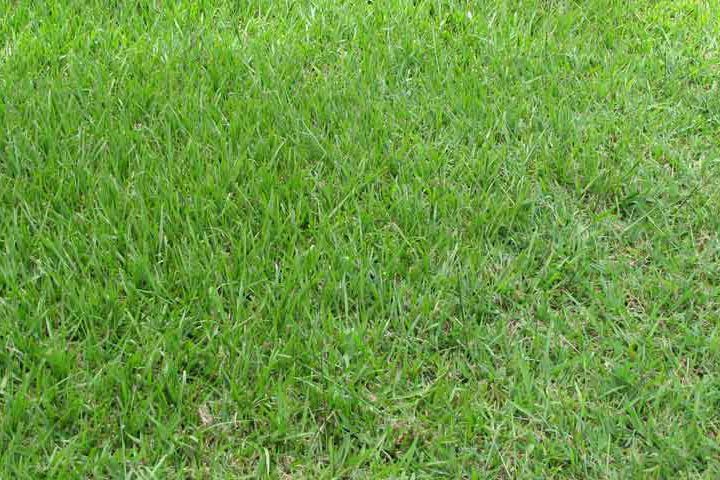
Some Pros recommend that you keep Bahiagrass mowed between 2 and 3 inches to improve stress tolerance and encourage deep roots. Others encourage setting the mower height between 3 and 4 inches to leave your grass with shaded roots. In either case, you want to avoid removing any more than the top 1/3 of the blade.
It’s also recommended that you set your mower to mulch. Bahiagrass clippings decompose quickly to provide nutrients and promote microbial activity that fights off fungal diseases.
How High to Cut St. Augustine
St. Augustine grass features wide grass blades and fast growth patterns. It’s typically found in southern coastal regions of the country. It will tolerate some shade, a lot of heat, salt, and drought. It doesn’t love excessive amounts of water or cold temperatures.
It spreads by above-ground runners (stolons), so scalping the lawn can be particularly damaging with St. Augustine.
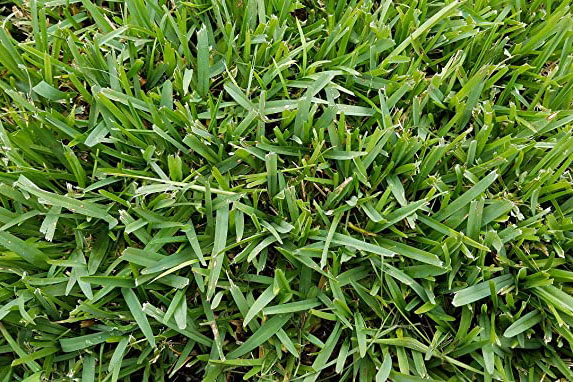
For St. Augustine, you’ll have the best results when you set your mower between 2.5 to 4 inches. If you have a shady lawn, you’ll want to set your cut height to 3 or 4 inches. Generally, the lower you mow it, the more frequently you’ll have to mow. But, the tradeoff is that you’ll develop a higher quality turf.
Cutting Zoysia Grass to the Proper Height
Zoysia grass produces a dense, low-growing turf that stands up to heat, drought, and heavy foot traffic. This grass is tough and coarse. It also stays green with relatively little maintenance. Zoysia likes a lot of sunlight but will also put up with some shade.
It grows slowly but comes in thick. It spreads above ground by stolons, as well as by underground rhizomes. It develops a deep root system that conserves moisture well, remaining green even during periods of drought. It turns brown during winter dormancy but greens back up quickly in the spring.

Zoysia grows slowly and doesn’t need a whole lot of babying, which is why many homeowners prefer it. Pros recommend that you mow your Zoysia lawn as needed to maintain a grass height of 1 to 2 inches. This might mean waiting until it has grown to at least 2-1/2 inches high. Ideally, you should stick to the 1/3 rule here as well.
Final Thoughts on the Ideal Height to Cut Grass
Regardless of what kind of grass you have, your ideal cutting height has a lot to do with not waiting too long between maintenance cuts. One interesting feature of mowing height brings up the topic of cut quality. In addition to getting the height correct, you want to always keep your lawnmower blades sharp to ensure you don’t damage your grass over time. It also makes your lawn look greener and keeps it from getting a brown tinge.
Got any additional tips for us and our readers? Leave it in the comments below!

